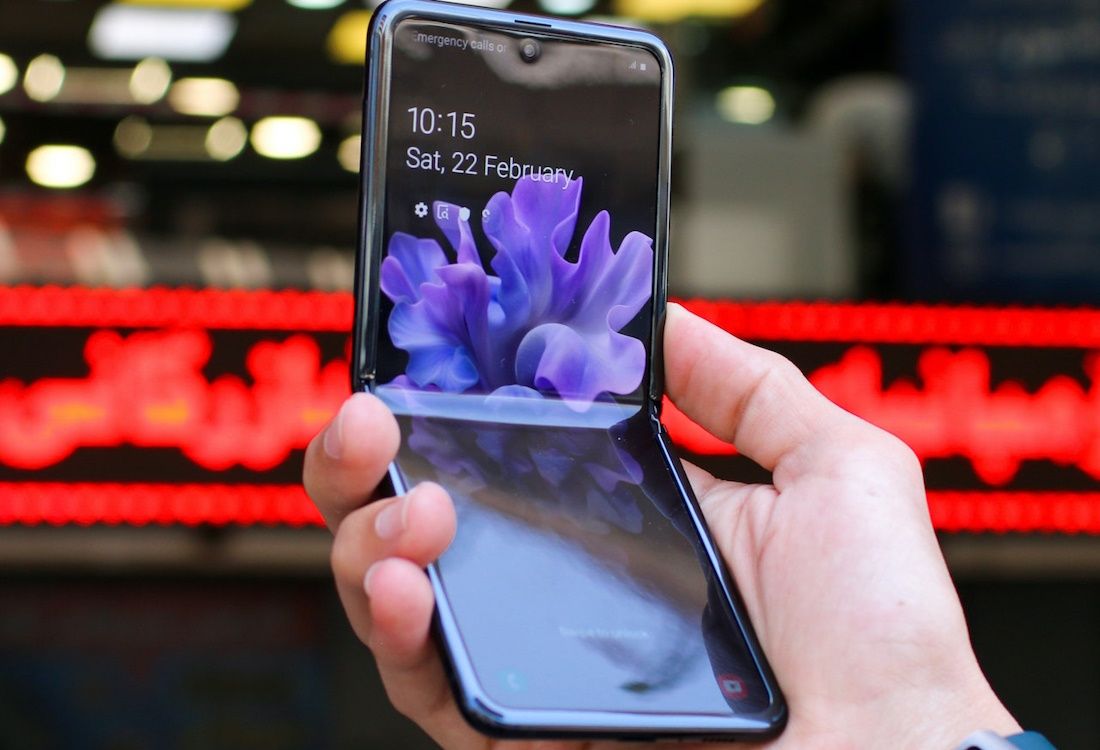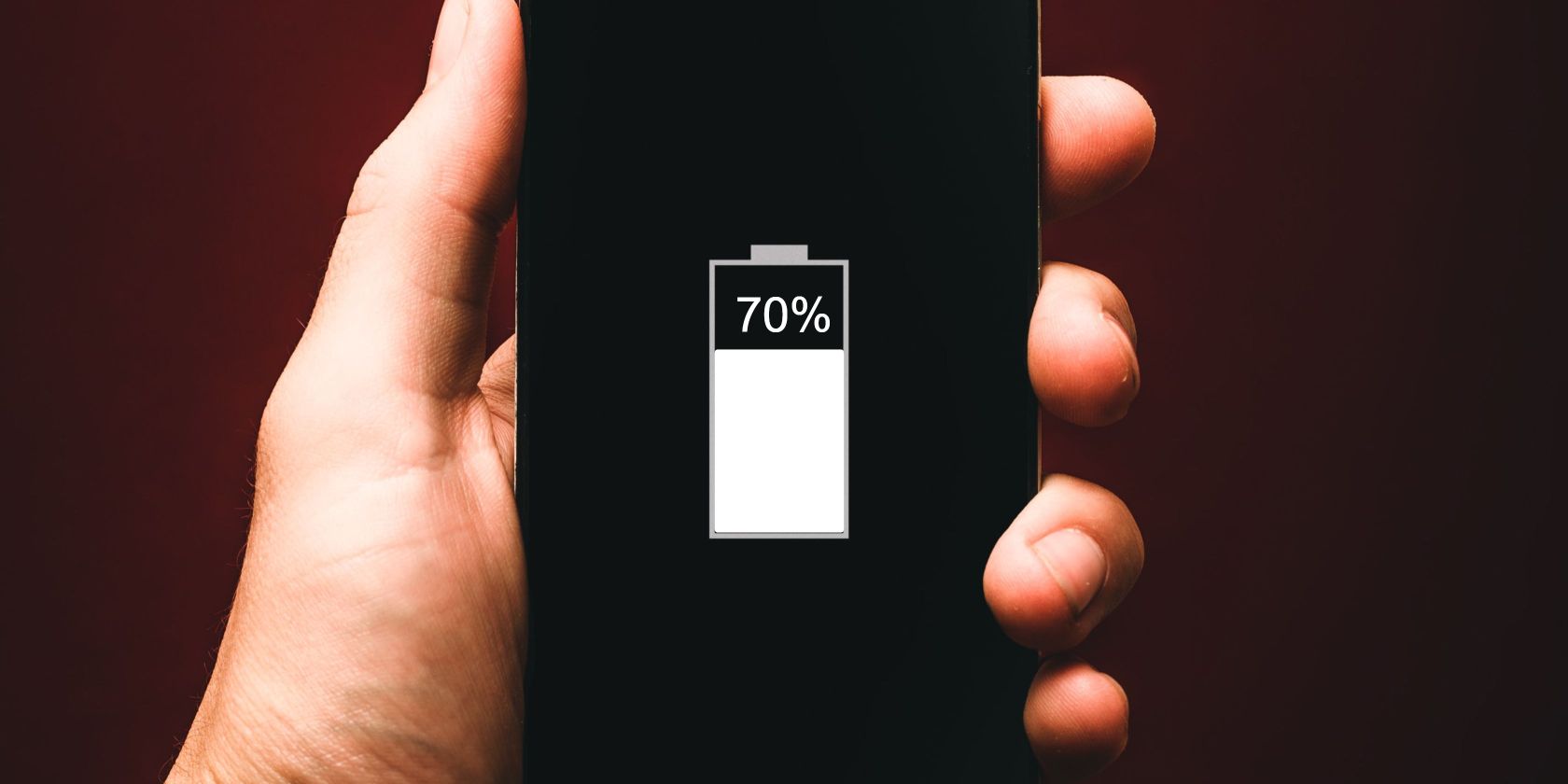Isn't it mind-blowing how awesome the display is on some phones? One of those displays might be because it uses fancy "pOLED" display tech. pOLED screens make colors pop and images crisp, taking your phone's display to the next level.
But what is pOLED, and how does it step up your phone's screen game?
What Is a pOLED Display?
pOLED stands for plastic OLED, while OLED itself means organic light-emitting diode. In simple terms, OLED screens have pixels made from organic materials that can light up independently without a backlight. The "plastic" part refers to the substrate, or base layer, used in pOLED displays.
Instead of glass, pOLED uses a thin, flexible plastic as the base. This plastic substrate can bend and fold. That's why pOLED is also called flexible OLED. It allows the screens to curve and bend in cool ways, like those edge displays that wrap around the phone sides.
The plastic base makes the screens thinner and lighter than traditional glass OLEDs. But besides being bendy, pOLED displays deliver similar image quality that makes OLED popular. Those organic pixels produce vibrant colors, deep blacks, and killer contrast.
5 Features of pOLED Displays
Alright, we've got the basics of what pOLED is down. Now let's look at why these plastic displays are so awesome for smartphones and what features they bring to the table.
1. Flexibility
One of the coolest things about pOLED is that it's flexible! That thin plastic base layer lets manufacturers bend these screens in really interesting ways. Some phones, like the Motorola Razr 40 Ultra and Motorola Edge 30 Fusion, have pOLED screens that curve around the device's edges. It gives them a sleek, seamless look.
The bendy superpowers of pOLED displays aren't just limited to smartphones—this tech is also found on smartwatches like the LG G Watch R W110.
2. Durability
Moving on from flexibility, pOLED displays are generally more durable than typical screens. Remember, most phone screens are made from glass, which, as we all know, is fragile. One bad drop and crack—there goes your display and your heart.
But pOLED uses plastic instead of glass, which holds up way better to drops and dings without shattering.
So, no more terror whenever you drop your phone; pOLED can handle the impact!
3. Reduced Bezels
Bezels are those thick, ugly borders around the screen. Nobody likes bezels, as they make the display area smaller!
With pOLED screens, smartphone makers can shrink those bezels down and maximize the screen. You get more usable display area without making the phone itself bigger.
And obviously, smaller bezels make the phone look sleeker too.
4. Energy Efficiency
We all know the pain of running out of juice before the day's done. Well, pOLED screens use less power than typical displays, meaning better battery life for you.
The fancy organic materials in OLED pixels generate their own light. So pOLED screens don't need a separate backlight as LCDs do. One less power-munching component results in more efficient displays.
And when showing black or dark images, pOLED pixels turn off completely! This differs from LCD, where the backlight stays on even for black pixels.
So if you're tired of your phone dying midday, a pOLED display smartphone could be your battery savior. The energy efficiency helps extend battery life so you can stay powered up longer.
5. Cost-Effective
Let's keep it real. We all care about price when it comes to new phones. Fancy tech is cool and all, but it has to be affordable!
The good news is that pOLED screens are cheaper to produce than other high-end display technologies. How, you ask? Well, that plastic substrate is less expensive than glass. And pOLED displays require fewer components overall as there is no need for a backlight or touch layer!
This cost savings means phone makers can offer high-quality pOLED screens without increasing prices too much. Of course, brands still charge a premium for pOLED phones. But over time, as the tech matures, we expect costs to decrease even more.
So, while pOLED phones still carry a price tag, the tech itself is cheap to produce.
2 Reasons Why You Shouldn't Go a for pOLED Display
No doubt, pOLED displays have some sweet advantages. But it helps to look at both sides of the coin before choosing a phone display. A few drawbacks may make you think twice about smartphones with pOLED screens.
1. Susceptible to Scratches
Scratches on our phone screens drive us up the wall! Even tiny ones that you can barely see. So while pOLED displays are flexible and durable, they aren't totally scratch-proof.
That plastic base layer can still get scuffed up and scratched over time, especially from gritty stuff in your pocket or bag. Sand and keys are plastic's mortal enemies. You can slap a screen protector on to keep that plastic pristine. But protectors cost money, reduce screen sensitivity, and are another thing to keep track of.
So if keeping your phone screen immaculate and scratch-free for years is super important, pOLED could disappoint in the long run.
2. Burn-In
Burn-in is an issue with all OLED screens, not just pOLED. But it's good to be aware of.
Burn-in happens when a static image displays for a long time, leaving a permanent shadow on the screen. Certain OLED pixels get worn out faster than others if they display the same color constantly. Even the keyboard imprint can get burned in if you text all day.
Luckily, phone makers have gotten better at minimizing burn-in on modern OLEDs, with features like pixel shifting helping to reduce the issue. But heavy users may still notice remnants over time. Once it happens, it can't be undone.
So if you know you'll have static elements on screen a lot, burn-in could be more likely long-term with an OLED or pOLED display.
Which Smartphones Currently Use pOLED Displays?
While we've mentioned two great examples of phones that use pOLED screens (Motorola Razr 40 Ultra and Motorola Edge 30 Fusion 5G), we thought it would be nice to give you more options.
- Google Pixel 2 XL
- Nokia 9 PureView
- LG V30
- Motorola Razr 5G,
- LG Wing 5G
While this is not an exhaustive list, other smartphones are available in the market that feature pOLED displays.
Don't Miss Out on pOLED Display
pOLED screens offer a unique and immersive viewing experience with their flexible nature and vibrant visuals. The curved or foldable designs made possible by pOLED technology have captured consumers' attention seeking innovative form factors.
Still, they have received poor feedback because the plastic screens are prone to scratches compared to glass screens. They can get visually unappealing quite fast. This raises questions about the long-term durability and display quality of pOLED screens. But the choice is entirely up to what you'd prefer.
"Smartphone" - Google News
July 25, 2023 at 01:30AM
https://ift.tt/6Sn5WKF
What Is a pOLED Display, and How Does It Improve Your Smartphone Experience? - MUO - MakeUseOf
"Smartphone" - Google News
https://ift.tt/dREO64e
https://ift.tt/cTzwpaR
Bagikan Berita Ini

















0 Response to "What Is a pOLED Display, and How Does It Improve Your Smartphone Experience? - MUO - MakeUseOf"
Post a Comment